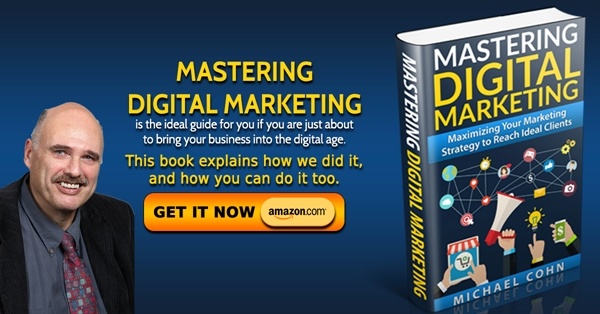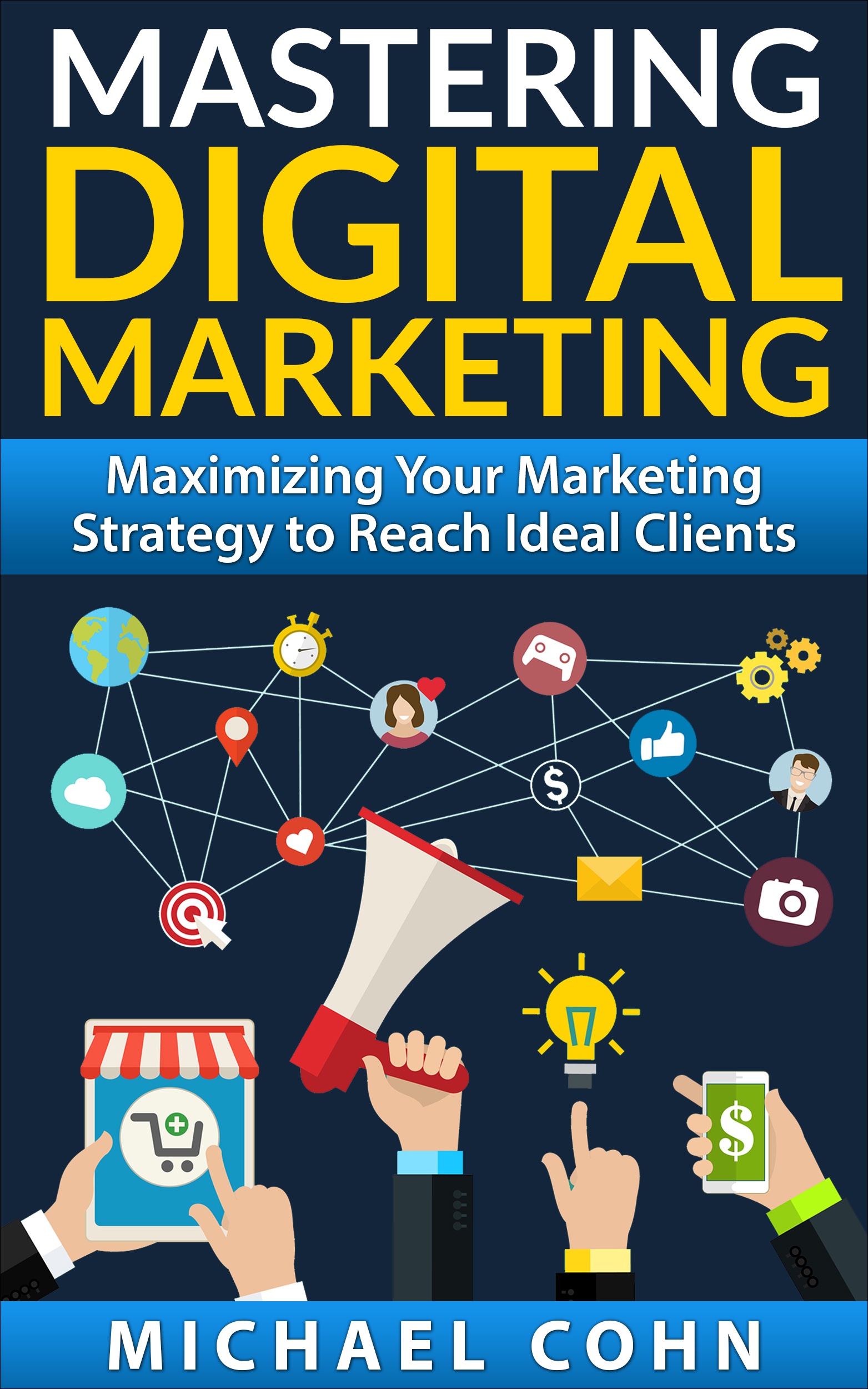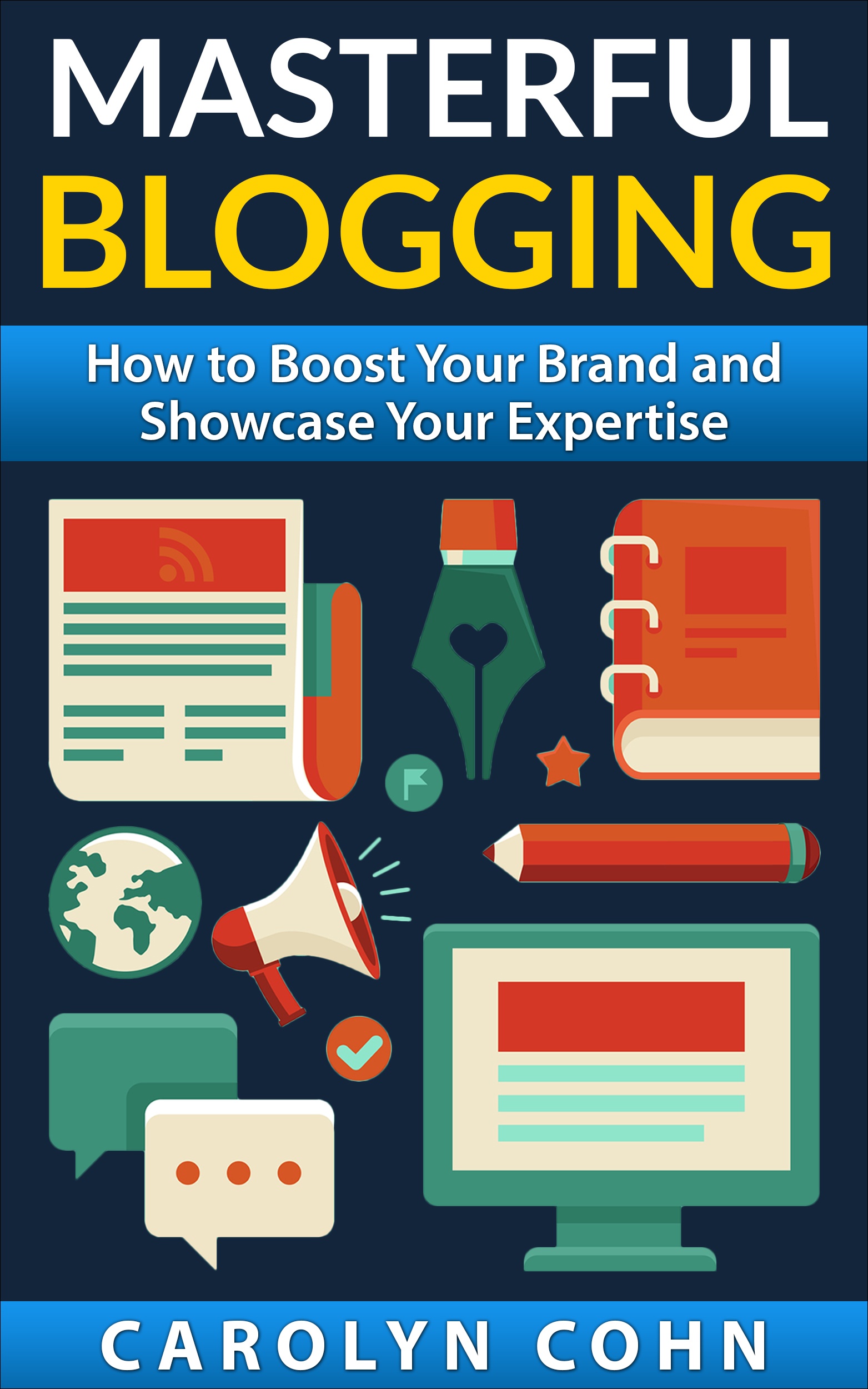Knowing When You Can and Can’t Automate Your Content Marketing

By now, you have probably written a great deal of content and you probably write and post content on a very regular basis. With such a large amount and frequency of content, you may be looking for ways to make your life easier and less time-consuming. One way to accomplish that is by automating at least some of your content.
[tweetthis]There is a lot of content that you can automate on social media and some that you cannot.[/tweetthis]
How do you know what you can automate?
There are many different automation tools that you can use for your content. You are probably wondering which ones will work for your business and how you should go about starting the process of automating your content.
The truth of the matter is that it is not a black and white answer. In other words, you will probably end up doing it one way in one situation and another way in another situation. How much you are able to automate on social media is dependent on a variety of things, such as your social community, your social media strategy, the social media channels that you have chosen, your business’ objectives, and your particular niche or industry.
Without a doubt, all of your efforts are dependent on the amount of time that you have to devote to social media at all. So, exactly how do you know when you can and when you cannot automate your content on social media?
When it comes to engagement, scheduling may not work for you
When you are engaging other people through your content, automating is not a particularly good idea. When you engage, you are building your relationship with other people. It is a human connection that you are establishing and growing. In that situation, you must really be there for the other person (if not in person, at least online).
Automation lacks the human/emotional connection. As far as the timing is concerned, when someone reaches out and tries to interact with you, you have a responsibility to respond to them right away. There is no room for that in the automation realm. You can’t schedule a response to them. You just need to respond to them right there and then (or, at least, within a short period of time).
When you interact using a social media channel, you are actually having a conversation with the other person. Just like it is in any conversation, both people listen to each other and both people have a chance to get their point across right away. That engagement is the way that you build a solid, mutually beneficial relationship with the other person.
As you build your relationships, you are also building trust, credibility, and positioning yourself as a subject matter expert so that the next time the other person wants or needs what you are offering, you will be the first person who comes to mind.
What you should be automating
With the volume of content that you are generally dealing with on a regular basis, there is quite a bit that you can automate, which will make your professional life a lot easier. This applies to the content that does not directly engage other people. For example, you may have a lot of (not time-sensitive) blogs, white papers, etc, which are perfect for automating.
Automating will work especially well if your readers are all over the world (or, at least, all over the United States). In that situation, you don’t have to deal with time-zone issues. Also, if you have enough time on your hands, you can write several posts in advance and then schedule them up front to be posted when you feel it is the most appropriate time. You can do that on most social media channels, including Twitter, Facebook, LinkedIn, and Instagram. After that, just watch the comments come in but remember that you will need to respond to those comments right away because, at that point, you are in real-time.
How to go about automating your social media activities
In addition to automating your appropriate content, you will also want to think about automating a portion of your social media interactions. One thing that you will want to watch out for is how the formatting of your posts will look once it has been posted as a result of automation. It doesn’t always end up looking like it did before, which you don’t want.
Links are a very important part of your content. You need to make sure that it looks the way that you want it to look after it has been automated. Links are critical to your success because they are your reader’s only connection to you. Without those links (and the call-to-action), you will not be able to build your relationship together.
Conclusion
Automating is a wonderful tool and it can really help you a great deal. The more content you generate, the more you need to post and syndicate to other people. Using automation as a tool will help you to streamline the process and it will become much less cumbersome to you and to your business. Once you automate your content, you will still have plenty of other social media activities to take care of.
Automating will help you to get a handle on all that you have to do. Automation has many advantages, including spanning time zones, having a high level of consistency, and being able to take advantage of recycling content regularly.
We are pleased to provide you with the insightful comments contained herein. For a complimentary assessment of your online presence, let’s have coffee.

|



